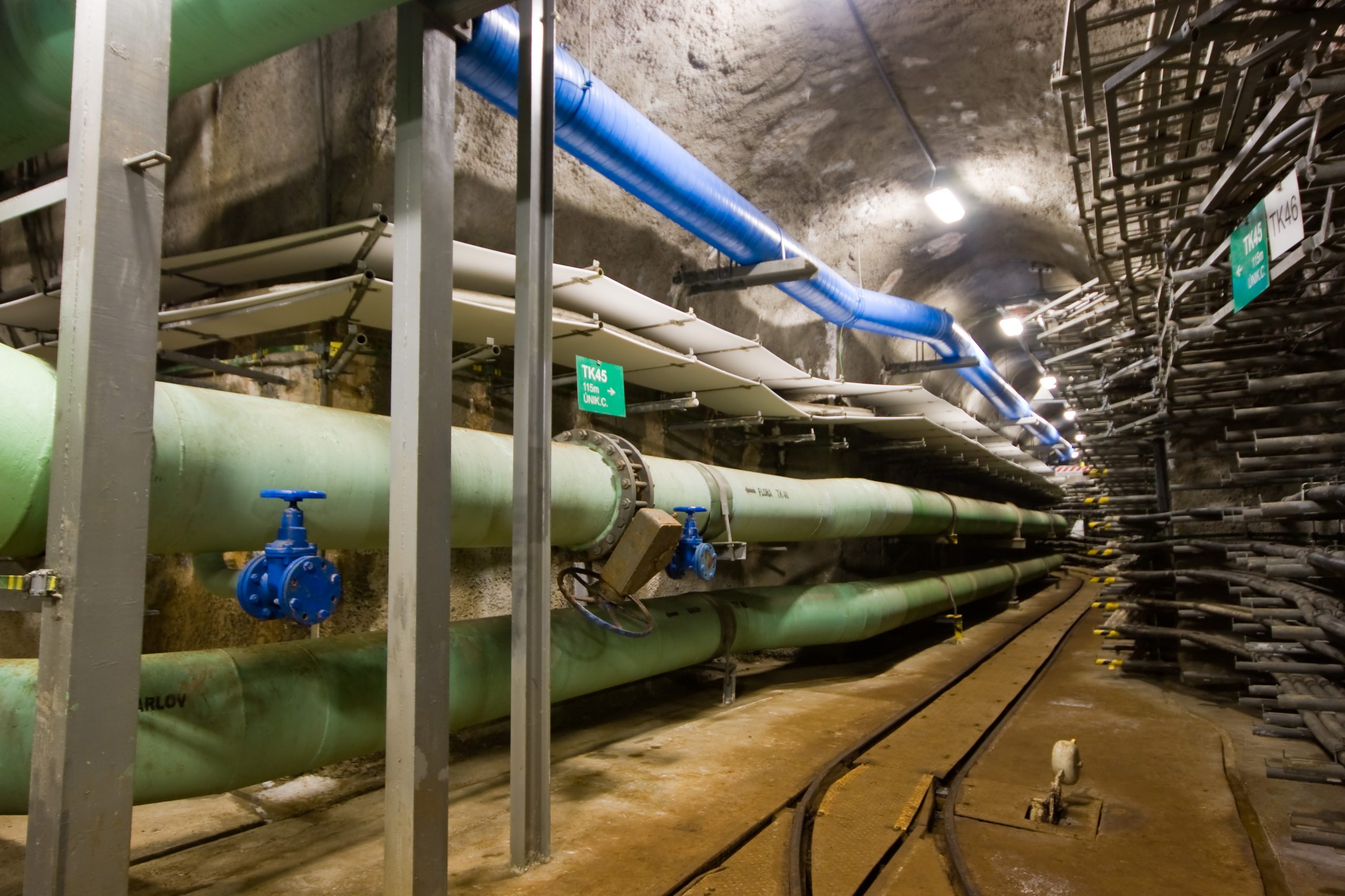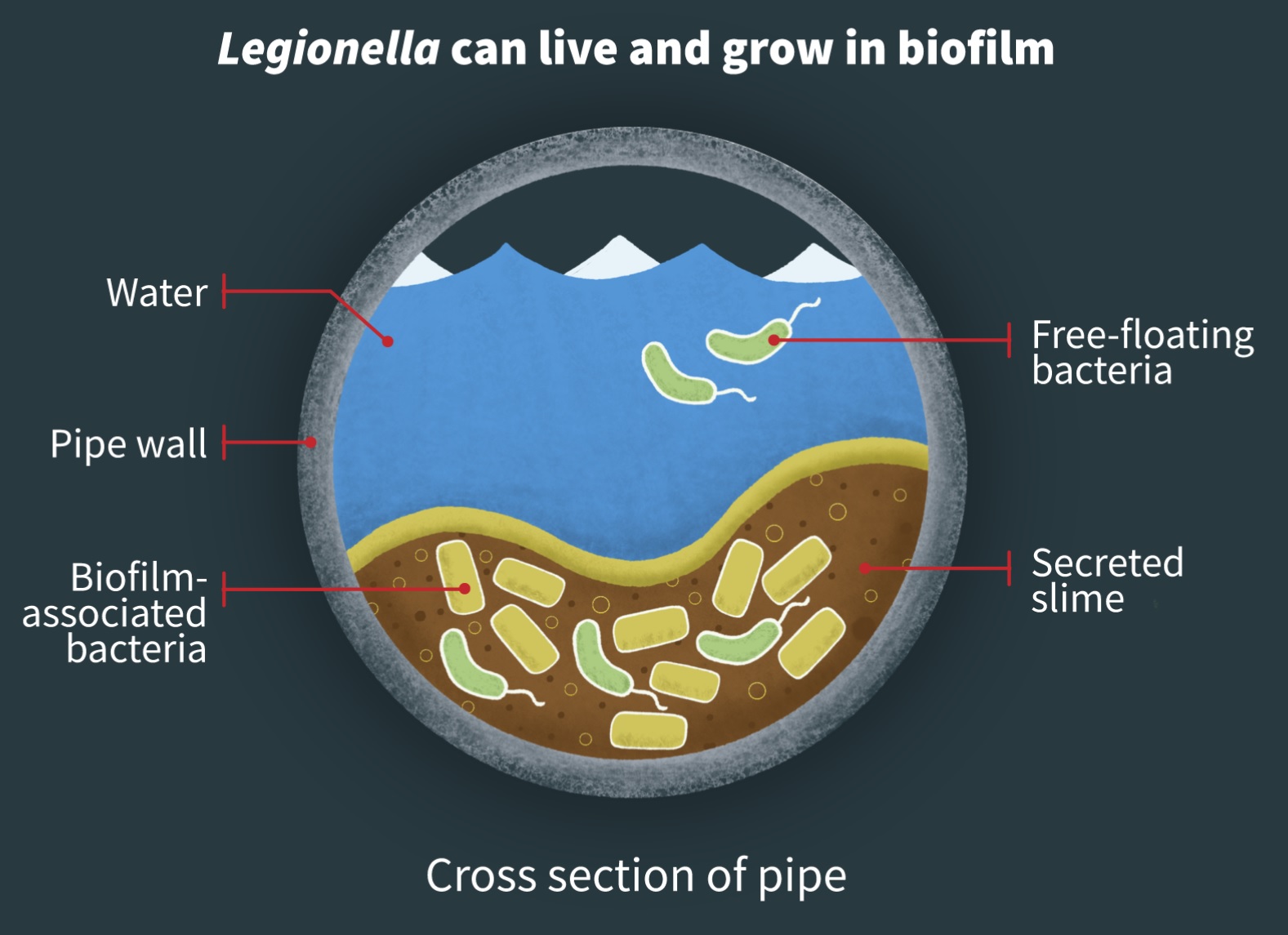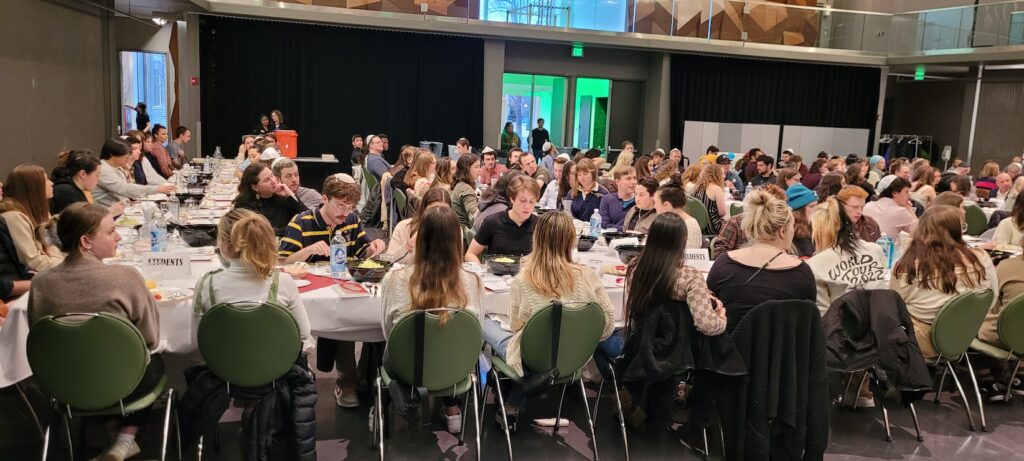Metalshop
- Home Page 204

Determining Strength of Corroded Pipelines
As cities-within-cities many colleges and universities own and maintain at least 10 miles — and possibly up to 1000 miles — of underground piping for water, steam and natural gas; much of it under pressure within buildings or in outside, underground tunnels. The American Society of Mechanical Engineers develops a suite of standards for these, and many other piping systems:
ASME B31 Piping System Standards
Fluids running under pressure are a significant infrastructure hazard in educational and all communities
ASME has released a redline of B31 Manual for Determining the Remaining Strength of Corroded Pipelines for public comment:
ANSI Standards Action Pages 137 – 139
ASME often posts its redlines in ANSI Standards Action as well as on its standard development platform:
This document is intended solely for the purpose of providing guidance in the evaluation of metal loss in pressurized pipelines and piping systems.
Comments are due July 26th.
You may send comments (with optional copy to psa@ansi.org) to: Ray Rahaman, rahamanr@asme.org
The ASME consensus product line is on the standing agenda of our periodic Mechanical, Energy and Nota Bene teleconferences. See our CALENDAR for the next online meeting; open to everyone.
Issue: [19-148]
Category: District Energy, Energy, Mechanical
Colleagues: Richard Robben, Larry Spielvogel
Water 100
“A flood is nature’s way of telling you
that you live in the wrong place.”
— Some guy
Water standards make up a large catalog and it will take most of 2023 to untangle the titles, the topics, proposals, rebuttals and resolutions. When you read our claim that since 1993 we have created a new academic discipline we would present the best practice literature of the world’s water standards as just one example.
The Water 100 session takes an aerial view of relevant standards developers, their catalogs and revision schedules.
The Water 200 session we examine the literature for best practice inside buildings; premise water supply for food preparation, sanitation and energy systems.
The Water 300 session reviews standards covering athletic facilities such as swimming pools, therapeutic tubs, ice rinks and the like.
The Water 400 session will run through best practice catalogs of water management outside buildings, including interaction with regional water management systems.
The Water 500 session is a study of case histories, disasters, legal action related to non-conformance. Innovation.
— Coffee Anytime (@coffee_anytime) September 18, 2023
Water safety and sustainability standards have been on the Standards Michigan agenda since the early 2000’s. Some of the concepts we have tracked over the years; and contributed data, comments and proposals to technical committees, are listed below:
- Legionella mitigation
- Swimming pool water quality
- Fire protection sprinkler water availability and safety
– NFPA 70 Article 695 Fire Pumps - Backflow prevention/Cross-connect systems
- Security of district energy power plant and hospital water supply
- Electrical shock protection in pools, fountains, spas and waterfront recreational docking facilities
- Rainwater catchment
- Water in extreme weather events
- Flood abatement systems
- Building plumbing codes (ICC and IAPMO)
- Water Re-use
- Water heaters
- District energy water treatment
- Food service steam tables
- Greywater
- Residence hall potable water systems
- Water use in emergency shower and eyewash installations
- Decorative fountains.
- Standard for the Inspection, Testing, and Maintenance of Water-Based Fire Protection Systems
|
40 CFR § 141.92 – Monitoring for lead in schools and child care facilities |
Since 2016 we have tracked other water-related issues:
- Safe water in playgrounds
- National Seagrant College programs
- Guide to Infection Control in the Healthcare Setting
- Electrical safety around water (cooling towers, swimming pools, spas)
- ASTM Water Testing Standards
- ASTM Standard for Water Distribution
- Electricity and Water Conservation on College and University Campuses in Response to National Competitions among Dormitories: Quantifying Relationships between Behavior, Conservation Strategies and Psychological Metrics
Relevant federal legislation:
- Clean Water Act
- Drinking Water Requirements for States and Public Water Systems
- Resource Conservation and Recovery Act
- Safe Drinking Water Act
Relevant Research:
Real Time Monitoring System of Drinking Water Quality Using Internet of Things
IoT based Domestic Water Recharge System
Send bella@standardsmichigan.com an email to request a more detailed advance agenda. To join the conversation use the login credentials at the upper right of our home page.
More
IAPMO Publishes U.S., Canadian Standard for Detection, Monitoring, Control of Plumbing Systems
"The Great Archimedes"
Baylor University Presshttps://t.co/jbaGIt5tqW@Baylor_Press@BaylorECS pic.twitter.com/4FbcZqLPrQ— Standards Michigan (@StandardsMich) August 4, 2020
Which Australian beaches are microplastic hot-spots? Research from Macquarie University’s AUSMAP project can help you to find low pollution beaches: https://t.co/JK43XMuAIL #microplastics #AustralianBeaches #plasticpollution @AUSMAP_AU pic.twitter.com/FZDgsAZ0Gz
— Macquarie University (@Macquarie_Uni) January 21, 2022
More
Solitude Lake Management for Universities and Colleges
Building Water Demand
“…To combat the challenges that plumbing designers face, the NIST report recommends that researchers address a plethora of questions, including how water is used in different types of buildings, how water flow and plumbing design affect water quality, what factors influence chemical reactions and bacterial growth in pipes, and how fast water quality declines in plumbing systems…”
Interdependent Water & Electricity Networks
Joint Operation Optimization of the Interdependent Water and Electricity Networks
Mohannad Alhazmi – Payman Dehghanian – Mostafa Nazemi
George Washington University
Massimo Mitolo
The Irvine Valley College
Abstract: With the rapid deployment of smart technologies and the growing complexity in our modern society, there is a huge demand for coordination in day-to-day operation of the critical infrastructure networks. The coordination between water and electricity networks particularly stands out and is urgently demanding as (i) water system is one of the most energy-intensive critical infrastructure, and (ii) water unavailability, if experienced, swiftly translates into a health, safety, and national security concern. This paper proposes a comprehensive day-ahead optimization framework for joint operation of the interdependent power and water systems. Different from the conventional paradigms where the power and water systems are independently and individually operated by their respective operators, the proposed optimization framework integrates the Optimal Power Flow (OPF) models in power grids with innovative models of the water distribution systems. The nonlinear hydraulic operating constraints in the proposed optimization models are linearized, resulting into a mixed-integer linear programming (MILP) model formulation. The proposed framework is applied to three 15-node water distribution systems, operated within the IEEE 9-bus test system. The simulation results demonstrate a significant cost saving that will be achieved when the proposed approach is applied for joint operation of power and water networks.
CLICK HERE to order complete paper
ראש השנה
Here is a general description of what you might find in the Colorado State University Jewish community:
- Hillel Organization: Many universities, including CSU, have a Hillel organization, which is a Jewish student organization that provides a platform for Jewish students to connect, celebrate Jewish culture, and explore their faith. Hillel often organizes events, such as Shabbat dinners, holiday celebrations, and educational programs.
- Jewish Student Groups: CSU may have various Jewish student groups or clubs where students with shared interests within the Jewish community can come together. These groups may focus on different aspects of Jewish culture, social activities, or advocacy.
- Religious Services: Some universities with a significant Jewish population offer on-campus religious services, such as Shabbat services and High Holy Days observances, to accommodate students’ religious needs.
- Cultural Events: The Jewish community at CSU might organize cultural events and activities, such as lectures, film screenings, and cultural festivals, to promote understanding and appreciation of Jewish heritage and traditions.
To get the most accurate and up-to-date information about the Colorado State University Jewish community, I recommend visiting the university’s website or contacting the relevant student organizations and offices on campus. Additionally, you can connect with current students or alumni who are part of the Jewish community at CSU to gain insights into their experiences and activities.
Survey on the Paradigm Shift to Microgrids
Decentralized, Democratized, and Decarbonized Future Electric Power Distribution Grids: A Survey on the Paradigm Shift From the Conventional Power System to Micro Grid Structures
Decentralized, Democratized, and Decarbonized Future Electric Power Distribution Grids: A Survey on the Paradigm Shift From the Conventional Power System to Micro Grid Structures
Electric Doors
This content is accessible to paid subscribers. To view it please enter your password below or send mike@standardsmichigan.com a request for subscription details.
New update alert! The 2022 update to the Trademark Assignment Dataset is now available online. Find 1.29 million trademark assignments, involving 2.28 million unique trademark properties issued by the USPTO between March 1952 and January 2023: https://t.co/njrDAbSpwB pic.twitter.com/GkAXrHoQ9T
— USPTO (@uspto) July 13, 2023
Standards Michigan Group, LLC
2723 South State Street | Suite 150
Ann Arbor, MI 48104 USA
888-746-3670






















